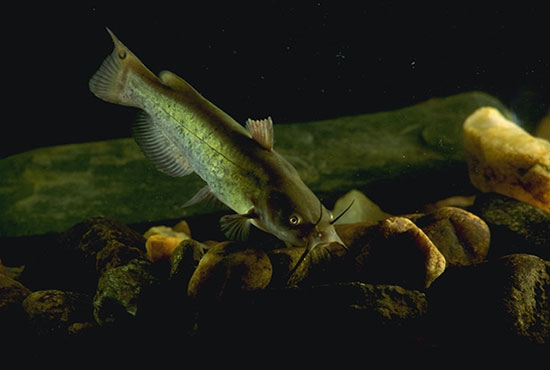Fish tumors in Anacostia River decline
A drop in tumor rates among brown bullhead catfish could indicate lowered exposure to chemical contaminants.
Tumor rates among catfish in the Anacostia River are down, according to a new report from the U.S. Fish and Wildlife Service (USFWS).
Biologists with the agency’s Chesapeake Bay Field Office have studied the brown bullhead catfish for decades as an indicator of habitat status and the success of cleanup efforts. The bottom-dwelling fish is sensitive to contaminants that accumulate in the mud in which it finds its food, often developing liver and skin tumors after exposure to cancer-causing chemicals.

Image courtesy USDA/Wikimedia Commons
Brown bullheads in the Anacostia River once had the highest rates of liver tumors in North America, but recent USFWS surveys show that tumors in the fish have dropped. While the rate is still higher than the Bay-wide average, this improvement could indicate that exposure to chemical contaminants is on the decline.
Liver tumors in fish are caused by exposure to sediment that is contaminated with polynuclear aromatic hydrocarbons, or PAHs. PAHs can be found in coal, oil and gasoline, and enter rivers and streams from stormwater runoff, waste sites and the atmosphere.
The U.S. Environmental Protection Agency (EPA) and the District Department of the Environment (DDOE) have coordinated a number of recent cleanup efforts to lower PAH contamination in the watershed, from improved stormwater management and more frequent street sweeping to the targeted inspection of local automobile repair shops to lower loadings of oil and grease.
Read more about Tumors in Brown Bullhead Catfish in the Anacostia and Potomac Rivers.

Comments
There are no comments.
Thank you!
Your comment has been received. Before it can be published, the comment will be reviewed by our team to ensure it adheres with our rules of engagement.
Back to recent stories